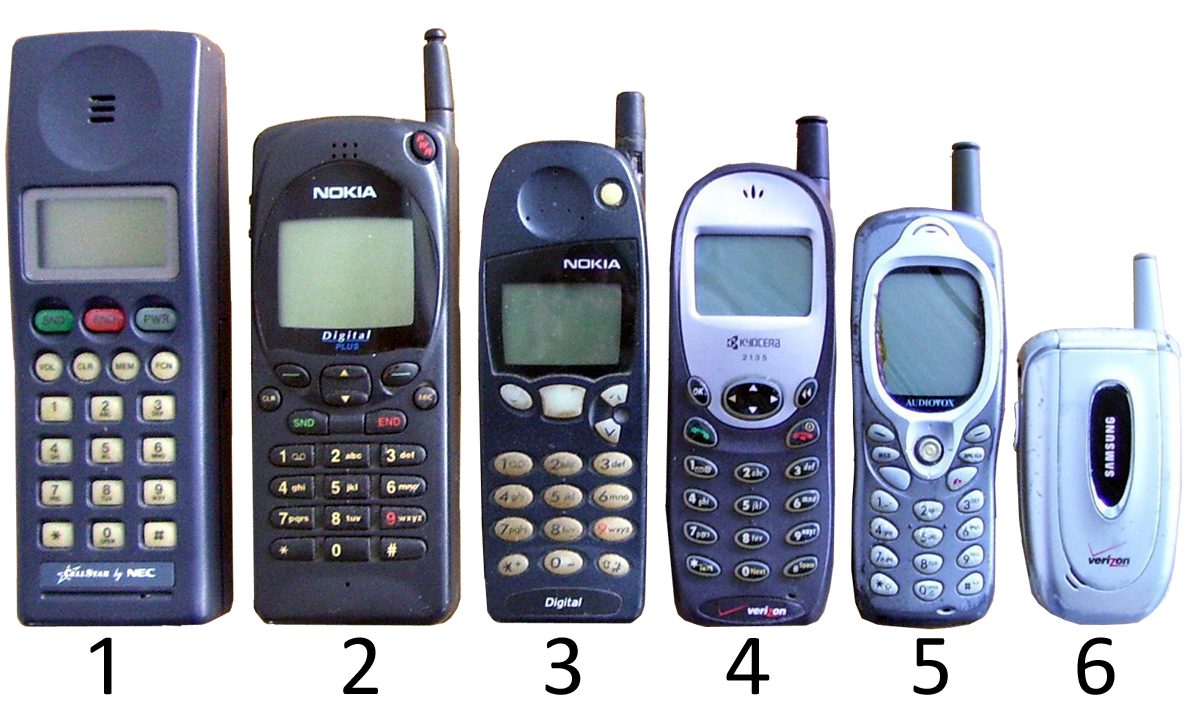
A mobile phone is a telephone that can make and receive calls over a radio frequency carrier while the user is moving within a telephone service area. The radio frequency link establishes a connection to the switching
systems of a mobile phone operator, which provides access to the public switched telephone network (PSTN).
In addition to telephony, modern mobile phones support a variety of other services, such as text messaging, MMS, email, Internet access, short-range wireless communications (infrared, Bluetooth), business applications, gaming, and photography. Mobile phones which offer these and more general computing capabilities are referred to as smartphones.
In 1983, the DynaTAC 8000x was the first commercially available handheld mobile phone. From 1983 to 2014, worldwide mobile phone subscriptions grew to over seven billion, penetrating 100% of the global population and reaching the bottom of the economic pyramid.
A handheld mobile radio telephone service was envisioned in the early stages of radio engineering. In 1917, Finnish inventor Eric Tigerstedt filed a patent for a "pocket-size folding telephone with a very thin carbon microphone".
Early predecessors of cellular phones included analog radio communications from ships and trains. The race to create truly portable telephone devices began after World War II, with developments taking place in many countries.
The advances in mobile telephony have been traced in successive "generations", starting with the early "0G" (zeroth generation) services, such as Bell System's Mobile Telephone Service and its successor, the Improved Mobile Telephone Service. These "0G" systems were not cellular, supported few simultaneous calls, and were very expensive.
This was followed in 1981 by the simultaneous launch of the Nordic
Mobile Telephone (NMT) system in Denmark, Finland, Norway and Sweden.Several other countries then followed in the early to mid-1980s. These first-generation (1G) systems could support far more simultaneous calls, but still used analog technology.
No comments:
Post a Comment